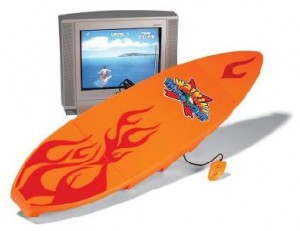Airwaves of Disruption
Disruptive technology is often seen as binary: you are or you are not. However, it’s more often a matrix: a technology can be anywhere from slightly to very disruptive to a user base that also varies in size. Even a small disruption in a large industry can ripple into a sizable wave. But when you combine significantly new technology with a large and popular user base, grab a surfboard and come along for the ride. Enter Aereo.
What Aereo does is pretty simple: it captures programming transmitted on public airwaves and provides it to consumers via a broadband connection. But, as this article makes clear, the combination of an industry that encompasses an estimated 86% of US households that subscribe to multi-channel services, and generates billions of dollars make for a seismic wave.
According to research company Nielsen, 5 million households have abandoned cable all together, with many of them turning to alternative options (Netflix, iTunes). To stem this drain, the broadcast networks — some of whom have equated Aereo to a common thief — turned to that most convenient of approaches: the lawsuit. But the disruptive wave rolled right through:
In court, the networks banded together and argued that Aereo’s service violates copyright laws. Aereo countered that it was not trying to steal content but simply allowing consumers to use its antennas to access shows on public airwaves. A lower federal court sided with Aereo last year. Last week, two out of the three judges in the U.S. Court of Appeals for the 2nd Circuit in New York agreed with the lower court’s decision.
At least one network then threatened to simply pull its shows off the public airways, in which case a lawmaker offered in turn to yank their free public spectrum. Meanwhile, Aereo is pushing ahead with continued roll-out into 22 major cities this year. So, surf’s up — look for continued disruption in the airwaves near you.

